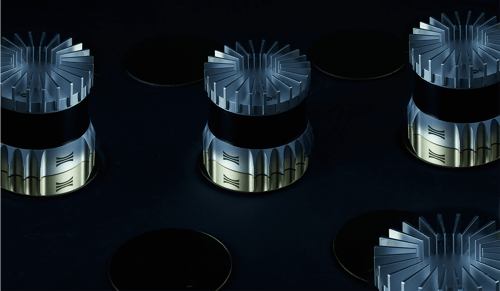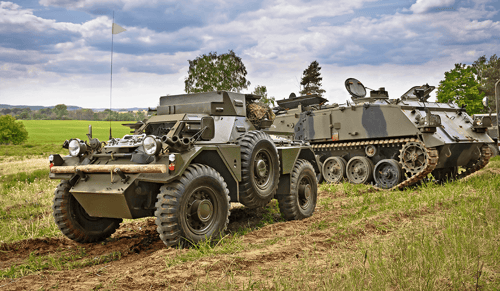The revealing science behind Lidar technology
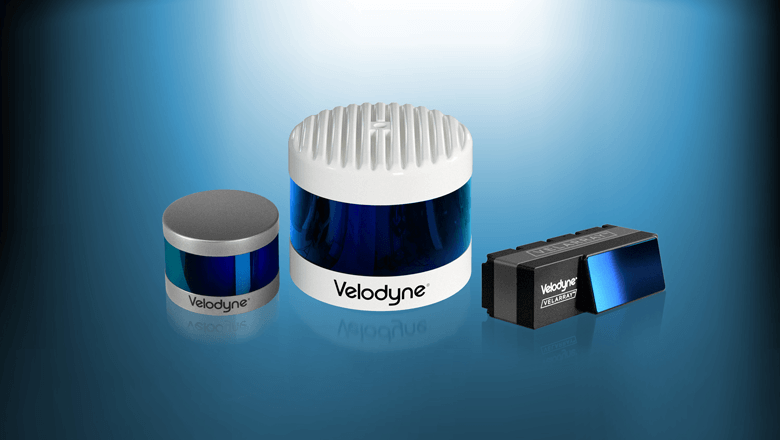
Lidar has come of age as an optical sensor technology. Although the principle is simple, it has taken a decade to make the technology accessible to consumers and B2B markets alike. Microchip technology and affordable technology have made Lidar an affordable technology for detection and measuring distance. Manufacturers of lidar technology have made the driverless car possible. You can read all about the ins and outs of this versatile sensor technology in this article.
Lidar originated in the aerospace industry. The laser technology has been used for some time to measure altitude in relation to the terrain below. Other industries besides car manufacturers are also embracing the benefits of lidar sensors for autonomous movement applications. For example, lidar is used in Automated Guided Vehicles (AGVs) and in Autonomous Mobile Robots (AMRs).
Ad Mulders, Account Manager at Sentech, sees a lot of movement in the various markets. “These days, lidar sensors are produced more efficiently and in larger volumes. This makes them more affordable for integration in applications.”
Mulders is thinking further ahead. “We are focusing on integrating lidar and radar in a single compact sensor module. Sensor fusion allows you to take advantage of both detection technologies.”
History of lidar
Lidar came into being shortly after the invention of the laser, in the 1960s. It was used during the Apollo 15 mission to chart the surface of the moon in detail. The term ‘lidar’ was originally a combination of the words LIght and raDAR, but it has since become an abbreviation of Light Detection And Ranging or Laser Imaging Detection And Ranging.
Until recently, the optical technology was mainly used for research into the atmosphere and meteorology, and as an aerospace application but other industries have now embraced the technology for autonomous movement applications, because it has become more refined and less expensive.
What is lidar?
The principle of lidar is simple. The optical measuring technology is applied in two ways: as time-of-flight lidar, to measure the distance to an object, and as Doppler lidar, to measure the speed of objects. The way it works can be compared with radar, which works using radio waves. Light has a much smaller wave length, enabling lidar to detect and scan smaller objects.
The light transmitted is reflected by the target and the time taken to send and receive it is used to measure distance.
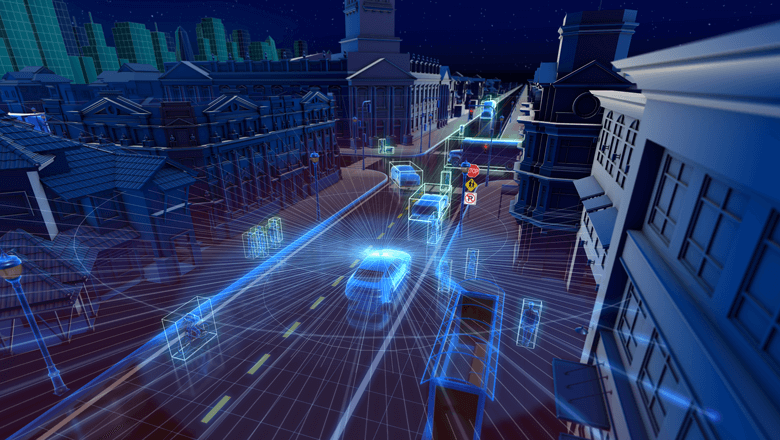
The target also changes the properties of the transmitted light, depending on its composition and speed. This provides a lidar instrument with information, with which the composition and speed of the object can be determined.
Lidar uses infrared, visible or ultraviolet light to scan objects. It can detect a broad range of materials and objects, such as metallic and non-metallic objects, aerosols, clouds, chemical substances, rain, stones and even a single molecule.
The wavelengths of the lidar light sources vary depending on the target. The spectrum ranges from 250 nanometres (ultraviolet) to 10 micrometres (infrared). The light emitted is reflected by scattering.
Measuring distance with lidar
The time-of-flight principle is used to determine the distance between the lidar instrument and an object. A transmitter transmits pulses of light. A receiver measures the time between transmitting and receiving the reflected photons using the formula d = (c × t)/(2 × n), where d is the distance in metres, c is the speed of light in a vacuum, t is the duration in seconds and n is the refractive index of the air.
Lidar speed measurement
Lidar also makes it possible to determine the speed of a moving object. The instrument does this by making use of the Doppler effect. This physical phenomenon occurs when a source (or receiver) of waves moves in relation to the medium.
For sources of light, the following formula applies: v = (T1/T2-1) × c/n, where T represents the wave period.
More information about the target
A more recent development are advanced applications of lidar for atmospheric research. The change in composition of the reflected light provides information about the target. These applications are used to measure air pollution, for example, based on the absorption of light by molecules. This type of lidar is known as DIAL (Differential Absorption Lidar).
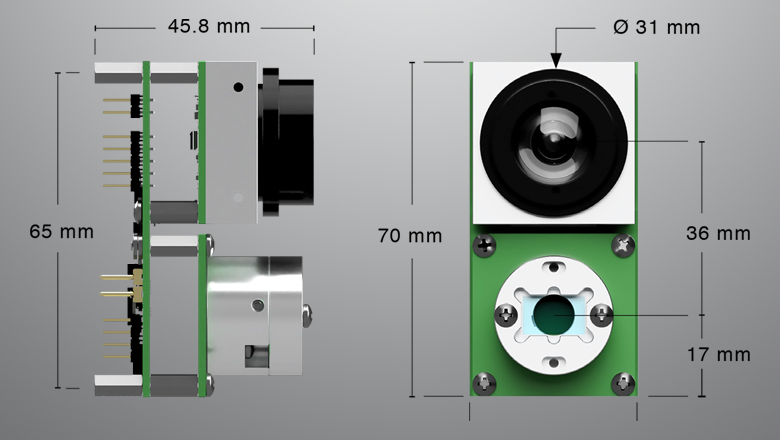
How lidar works
Lidar can be roughly divided into two methods of detection: incoherent or direct energy detection, and coherent detection. Incoherent systems measure the changes in wave height (amplitude) in the reflected light. Coherent systems measure the differences in wave length (phase) and are used to measure speed.
Light pulse systems
There are two systems for generating light pulses: micro-pulse lidar systems and high-energy lidar systems.
Micro-pulse systems generate intermittent bursts of energy. They came about due to advances in laser technology, combined with the ever-growing computing power of microprocessors. These systems use considerably less energy, making them safe for people and animals.
The powerful high-energy systems use much more energy and are mainly used for atmospheric research.
Composition of a lidar sensor
A lidar sensor generally consists of four parts.
- Light source
This can be a laser, LED or VCSEL diode that emits light in pulses. - Scanner and optics
These components emit light via an oscillating mirror, for example, and/or an aspherical lens. A lens focuses the reflected light on a photodetector. - Photodetector and electronics
The light is received by a photodetector, such as a solid-state photodiode, depending on the target to be measured. The image details are processed electronically. - Positioning and navigation system
Mobile lidar systems need a GPS system to determine the exact position and orientation of the sensor.
The different lidar systems all have a comparable output, which is a 3D point cloud that can be projected onto a map or moving image. In this way, the sensor generates a detailed image of its surroundings, but it can also provide additional information.
There are also lidar systems that are purely used for detection and measuring distance. Manufacturers like Leddartech have refined and perfected this specialisation, making the systems suitable for lidar drones, AGVs and driverless cars. More information on the collaboration between Sentech and LeddarTech will be included later.
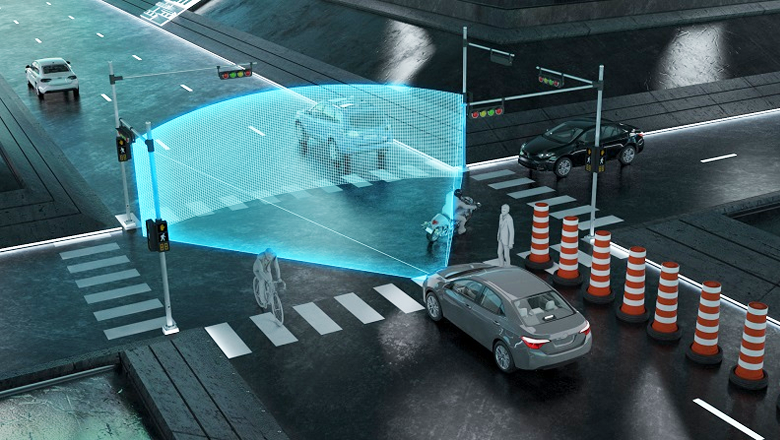
Lidar sensor applications
Lidar’s popularity is due to the accuracy and high resolution with which scientists can chart the world, underwater, on the surface and in the air. Until recently, lidar was an expensive item used mainly for research and its commercial applications were limited to the aerospace industry.
Due to a decrease in cost and technological advances, particularly in terms of size, reliability and durability, lidar has also become accessible for a broad range of commercial applications, such as in autonomous vehicles.
Agriculture: detection and autonomous movement
Lidar can be applied in agriculture in various ways: as a measuring instrument in drones, to map the ground topographically and combine these data with crop yields (to determine which areas need more attention); or for automated guided vehicles (AGVs) in and around sheds and fields, so that they can detect objects and obstacles in their surroundings.
Biology and conservation
Lidar helps governments, scientists and non-governmental organisations to map and protect nature reserves, for example, by measuring tree height, biomass and biodiversity.
Meteorology and air quality
Lidar was first applied in meteorology after the laser was invented. Decades of development have since resulted in advanced lidar systems, which can measure a broad spectrum of meteorological conditions. Clouds can now be charted, wind speeds measured, aerosols studied and the composition of the air ascertained, for instance.
In this way, lidar helps in the study of the climate and greenhouse gases, air pollution, fires, air humidity and other aspects of the air.
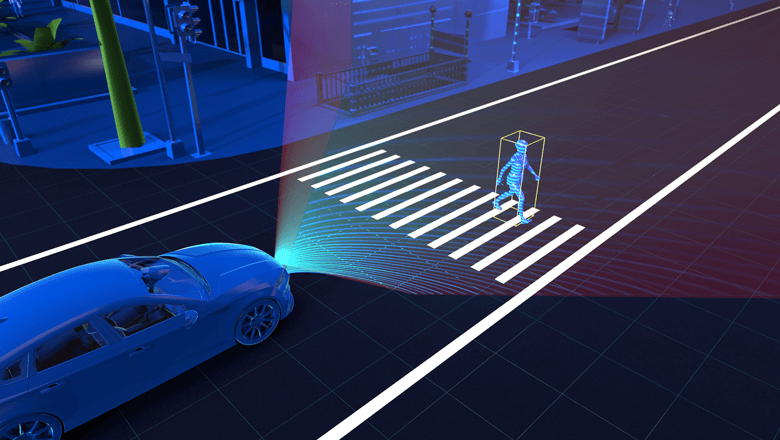
Autonomous driving with lidar
Various car manufacturers, Google and Intel are currently developing driverless cars. According to account manager Ad Mulders, each manufacturer or developer has its own preference for technological aids:
“Tesla uses radar, Google combines radar with lidar, and Intel relies entirely on camera technology. What all the manufacturers have in common is that they combine visual (camera) images with sensor information.”
“This combination is necessary in order to guarantee safety and reliability in all circumstances. If a technology fails for some reason, the other technologies will continue to work and will intervene to ensure safety,” says the account manager.
In this sector, lidar is used to detect objects and determine the amount of room around the vehicle. Ad: “It’s about vehicles in the broadest sense of the word. Lidar is also used in driverless forklift trucks in warehouses, agricultural machinery, etc.”
The evolution of lidar: smaller and cheaper
The high cost and size of lidar systems used to be an obstacle to commercial application in driverless vehicles. According to the prestigious weekly magazine The Economist a commercial lidar system in 2016 could cost about 50,000 dollars.
That has changed. Various sensor manufacturers, such as Velodyne, Infineon and LeddarTech, currently develop and produce smaller and much more affordable lidar sensors, thanks to advanced and increasingly lower-priced microchip technology.
This makes it possible to manufacture all sensor components (laser, optics and processors) at microchip level. Aspherical lenses eliminate the need for moving mirrors to spread out the light.
Lidar sensor manufacturers
Infineon is working on a miniature lidar system: MEMS lidar, which contains a microelectromechanical (MEMS) mirror. This advanced mini-mirror was invented by the Dutch company Innolucence. It is expected that a MEMS lidar sensor, with a range of 250 metres and a scan capacity of 5,000 measuring points per second, will cost no more than 250 dollars.
In early 2021, Velodyne announced a compact solid-state lidar sensor for autonomous vehicles. LeddarTech is a pioneer in solid-state lidar technology and has already introduced a compact lidar system onto the market: LeddarVU. The complete sensor weighs just 107 grams.
LeddarTech leader in solid-state lidar
Sentech uses LeddarTech’s solid-state lidar for autonomous movement applications for various clients. “In the field of agro-technology, for example,” says Mulders. “We use LeddarTech’s sensor technology in agricultural AGVs.”
According to the account manager, the Canadian sensor manufacturer is a pioneer in solid-state lidar. “A big technical advantage is the lack of moving parts. This makes the sensor more robust and therefore suitable for extreme conditions.”
“Another big advantage for us is that the manufacturer produces modules with which we can develop tailor-made sensor applications,” says Ad.
In a whitepaper on lidar technology, Leddertech has described how it approaches detection and distance measurement in an innovative way.
Sensor fusion: the advantages of combining lidar and radar
Radar can detect things at greater distances and it can see through barriers. “That’s why radar is interesting for agricultural vehicles, because it can detect the ground under crops,” explains Mulders.
In contrast, lidar offers a broader view and higher resolution, and it can better determine the size and shape of objects.
Ad: “That’s why we at Sentech are working on the fusion of lidar and radar into a single integrated sensor application, to reap the benefits of both sensor technologies and nullify the impact of their individual limitations.”
More about driverless vehicles
Lidar is under the spotlight as a technology for driverless vehicles. Sentech is busy taking development a step further, together with LeddarTech and other sensor manufacturers. Would you like to find out more about how autonomous driving is gaining momentum through sensor technology?
More about driverless vehicles
Lidar is under the spotlight as a technology for driverless vehicles. Sentech is busy taking development a step further, together with LeddarTech and other sensor manufacturers.
Would you like to find out more about how autonomous driving is gaining momentum through sensor technology?



